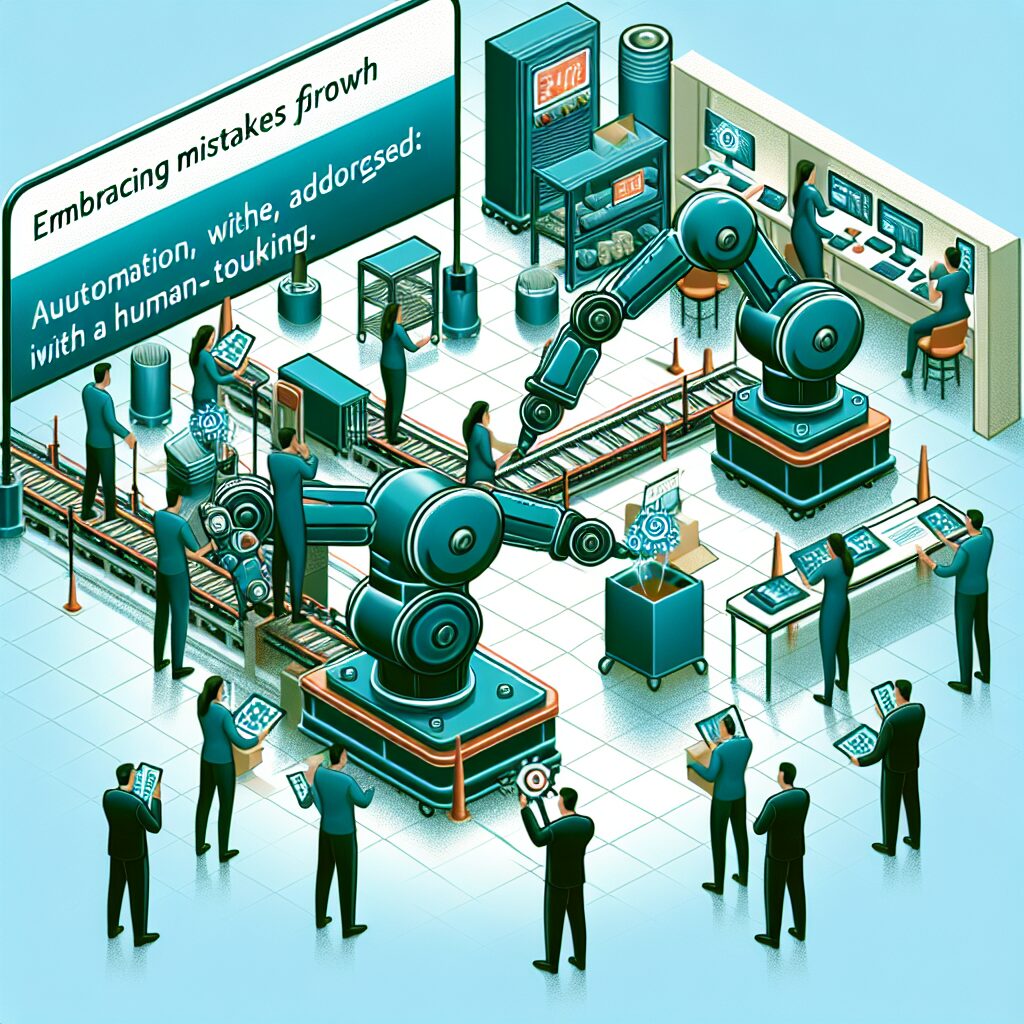
From Blunder to Lesson: How Businesses Can Learn from Their Mistakes

The Blunder No Business Can Afford: 531 Living Patients Declared Dead
This week in Maine, something truly staggering occurred—a health system mistakenly sent condolence letters to 531 living patients, proclaiming them dead. Now, I don’t know about you, but there’s something chilling about being wrongly declared deceased. The headlines quickly ascribed this blunder to a “computer glitch.” But let’s dig a little deeper, shall we? The issue here isn’t simply technical; it’s a reflection of how we approach systems and processes in business.
Fixing the Mistake Isn’t Enough
Sure, the health system claimed that the “problem was fully resolved.” But does that really cut it? As I see it, fixing the mistake isn’t sufficient. This incident reveals a significant gap in fail-safes within their system design. A “resolution” should ideally encompass a thorough re-evaluation of why it happened in the first place.
Consider this question: Are we truly resolving problems if we only correct the error? To genuinely handle such catastrophes, we must overhaul our processes entirely. When organisations simply patch up holes rather than reforming the underlying structure, they risk repeating the same mistakes. Nobody wants to find themselves being wrongly addressed in a condolence letter. It’s ludicrous, really.
Learning and Growing from Blunders
Instead of casting blame, let’s see this as a pivotal teaching moment. Mistakes, as unpleasant as they may be, can catalyse learning and growth. Imagine if the conversation shifted from pointing fingers to exploring how we can improve our systems to prevent such blunders in the future.
This is especially crucial in sectors like healthcare, where accuracy is paramount. With so much at stake, our systems dictate outcomes. Given the absurdity of this situation, it raises an important question: What processes in your organisation could do with a thorough rethink? Are you waiting for a significant blunder before you take action?
Embracing Change for Better Outcomes
The unfortunate truth is that mishaps can and will occur. What truly matters is how we respond to them. Instead of hiding behind corporate jargon—let’s embrace simplicity and common sense. The time has come for organisations to break free from complacency and actively encourage a culture of continuous improvement. This means actively seeking out faults, addressing them head-on, and transforming them into learning opportunities.
When I first entered the business world, I made my fair share of blunders. I vividly remember one particular moment when a marketing campaign flopped spectacularly. Rather than folding my arms and sulking, I gathered my team and we scrutinised every element of what went wrong. This collective introspection allowed us to turn that experience into something positive. It became a stepping stone for future success rather than a stumbling block.
The Bottom Line for Businesses
So, how can businesses avoid the blunders we see in the headlines? Start by conducting regular reviews of your processes. Involve your team along with external perspectives, and encourage an open dialogue about what’s working and what isn’t. Remember, it’s not just about fixing mistakes; it’s about creating systems that are robust enough to prevent errors from happening in the first place. True resolution means ridding ourselves of complacency.
In conclusion, while we may chuckle at the absurdity of being declared dead, we must remember that these situations carry serious implications. Let’s shift our focus from merely fixing errors to a culture of continuous improvement. Your organisation has the potential to learn from these experiences, to sift the lessons from the chaos. So, I encourage you to reflect. What changes can you implement today to ensure you don’t find yourself sending condolence letters to the living?
Engage with Us
As you ponder this question, I invite you to share your experiences with workplace mishaps. What lessons have you learned that could inspire others? Let’s start a conversation and work together toward building better systems.





